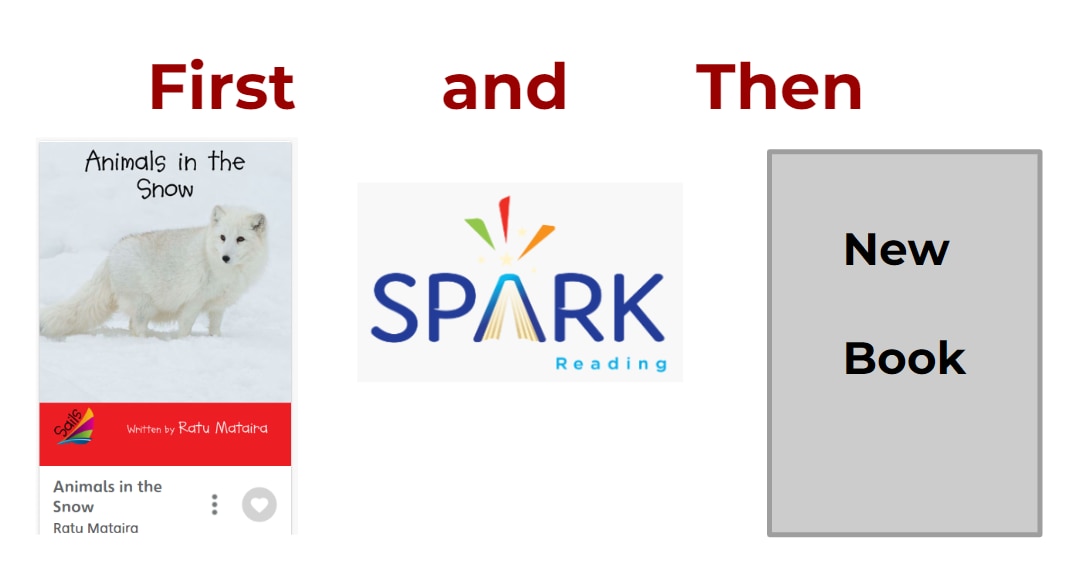
For some families in Allandale Heights Public School (Simcoe District), virtual learning isn't just an option; it's a necessity. Susan Michaud, a special education teacher in the learning center portion of the school's JK-8 Virtual Learning Program, explains that students enroll in virtual classes for various reasons, including health issues, learning difficulties, or social and emotional concerns.

Susan's learning center class includes about 16 students of varying ages and academic abilities. Some of her students spend part of the day with her for literacy and numeracy support, while others have more complex needs and spend the entire school day with her.
The Challenge
Managing a classroom with such diverse academic abilities means traditional methods of simultaneous literacy instruction are challenging. Susan says she needed a digital library to accommodate her students' varying reading levels and help her differentiate literacy lessons while still engaging students and supporting their unique learning paths.
The Solution
When Spark Reading was introduced as a board-funded tool within the virtual school, Susan found it an ideal solution for her diverse classroom. Over the past two years, it has become integral to Susan's literacy lessons.
Implementation and Impact
One of the most essential benefits of having Spark Reading is that it makes it easier for Susan to differentiate for her students. Each of the over 900 titles includes detailed teaching notes with teaching tips, extension activities, ideas for connections to subject areas or curriculum, and interactive activities.
All those features give Susan plenty of options to support her students.
She uses Spark Reading for whole-group lessons, small-group learning, differentiation, and teaching decodable lessons and text features.
For example, Susan says, "I love the non-fiction selection. Students get a lot of fiction stories, but they don't always get non-fiction with real photographs and facts. We often use Spark Reading's non-fiction books to learn about text features. So, even if a book is above some students' reading level, we can still use the annotation tools to draw attention to features like the index, captions, etc."

Using preferred books as a tool to introduce students to new books (was flipped the other way for some students - first new book, then preferred book as a reward)
She also finds the annotation tools and decodable books helpful when students work on specific vowel teams, etc. She can underline or circle words to bring attention to them, reinforcing her lessons and keeping students focused and on track.
In addition, she assigns students books based on their reading levels, preventing them from feeling overwhelmed or disheartened by materials beyond their abilities.
While most students use Spark Reading a few times a week in class and for at-home reading, Susan will sometimes use Spark Reading daily with some students as a reward. For example, she would reward one student with complex needs with the opportunity to use Spark whenever he completed daily assignments. "While he chose to read the same five books repeatedly, the repetition helped him memorize and take pride in reading the stories. That was a significant achievement for him."
Results
Spark Reading has been a helpful and time-saving resource for Susan's virtual classroom. Students can access reading materials appropriate for their level. Assigning books and using annotation tools has made it easier for Susan to manage her classroom and provide effective instruction.
Simplified logins, where students use a picture as their password, were also a huge timesaver since many of Susan's students struggle with typing their names or remembering passwords.
For Susan and her students, Spark Reading is helping create an inclusive and supportive virtual learning environment by meeting students where they are, helping students with diverse needs achieve their reading goals, and building confidence in their abilities.